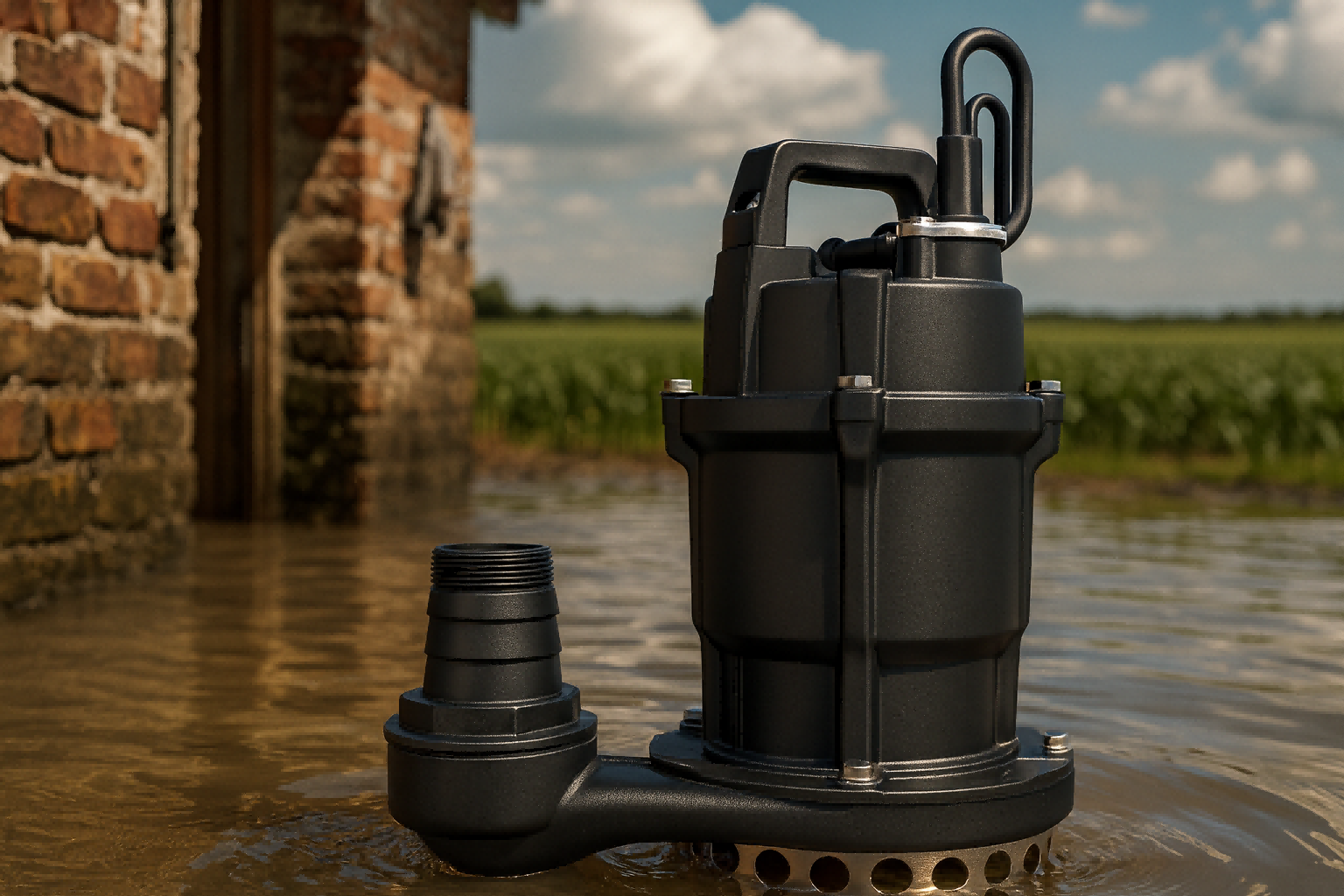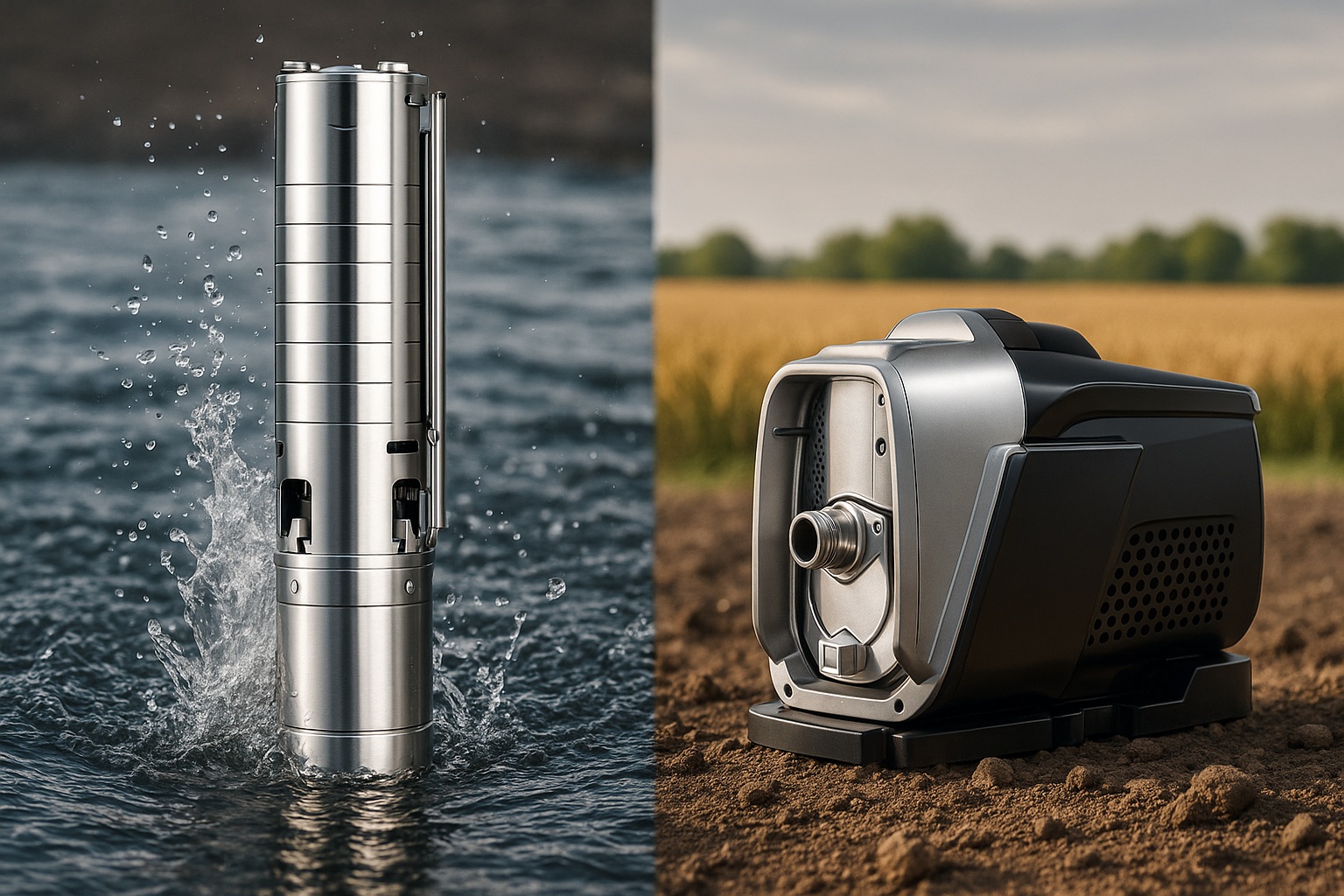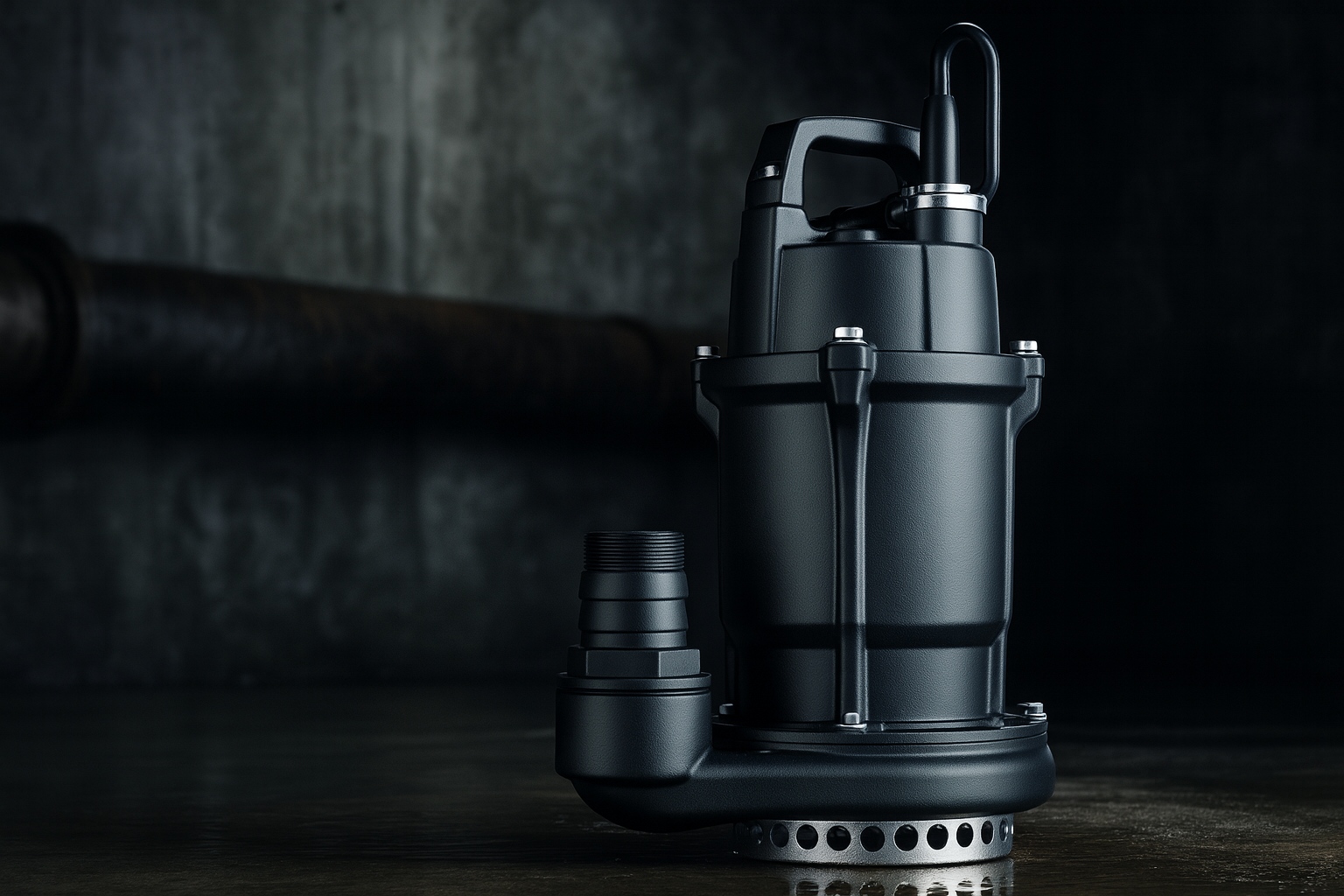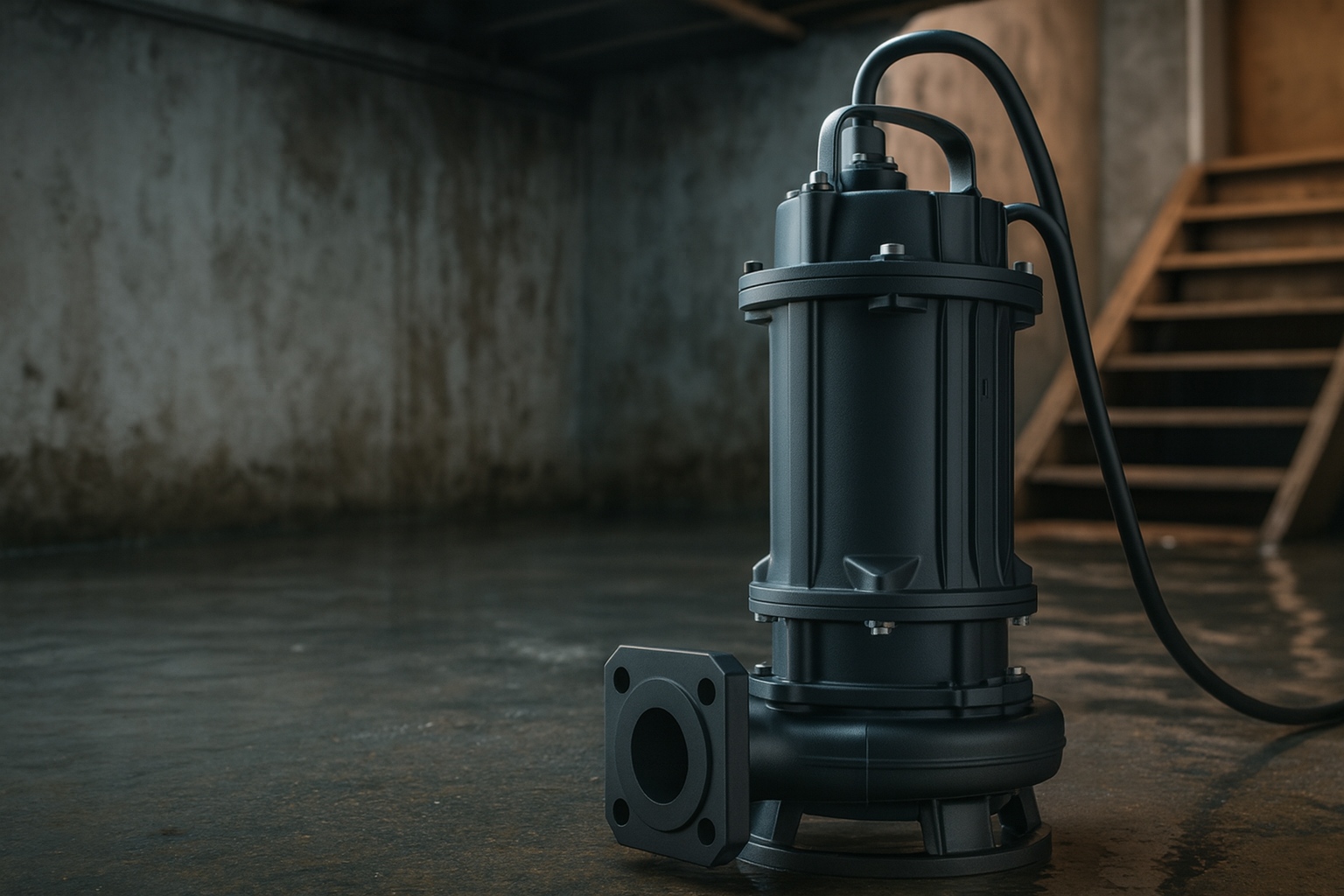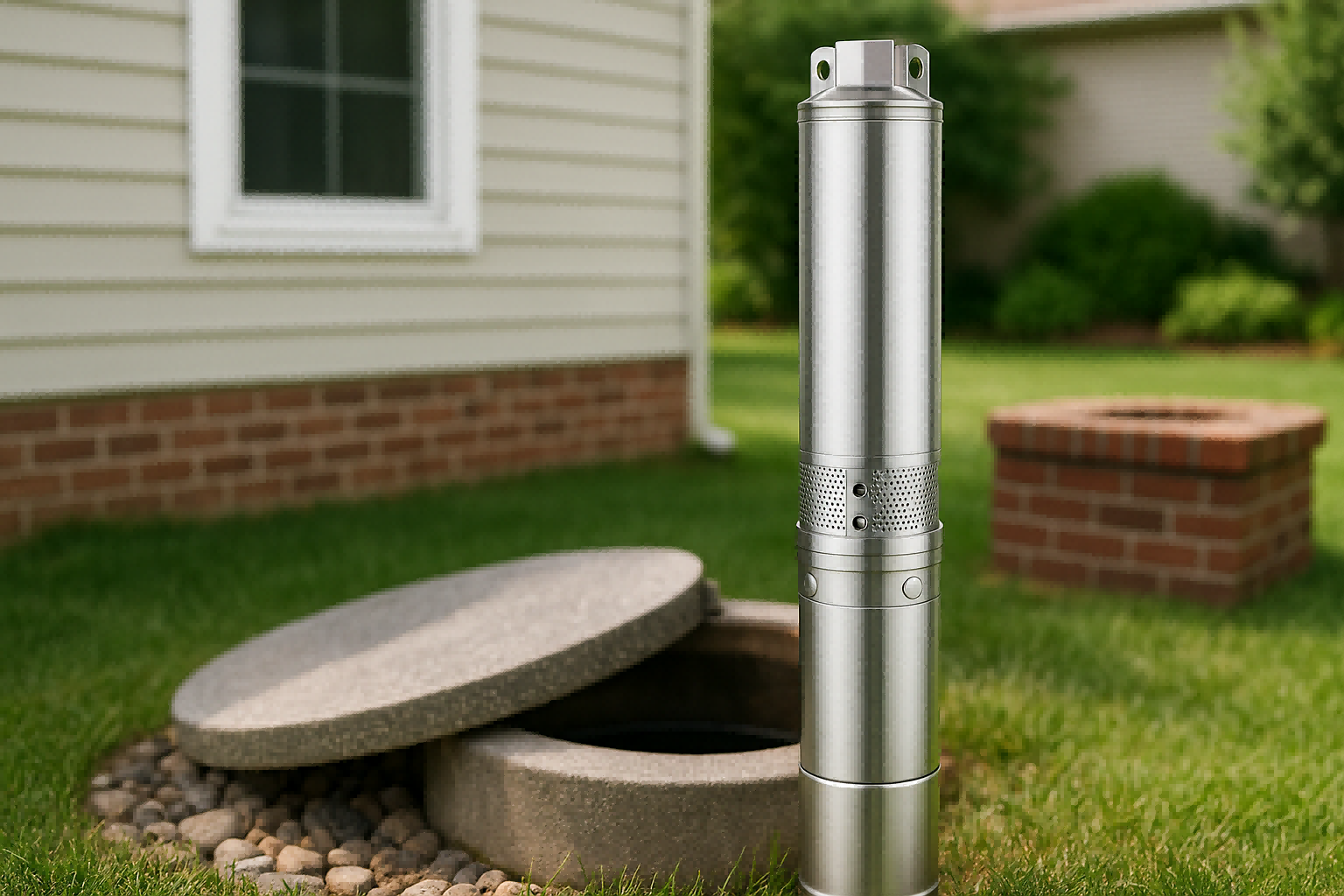Struggling with weak showers and slow-filling appliances?
This daily frustration has a solution.
Choosing the right size water pressure booster pump is key.
To choose the right size pump, you must calculate your household's required flow rate (GPM/LPM) and the necessary pressure boost (PSI/Bar).
This involves assessing your water fixtures, the height of your home, and your current water pressure.
Getting these numbers right ensures you buy a pump that performs perfectly.
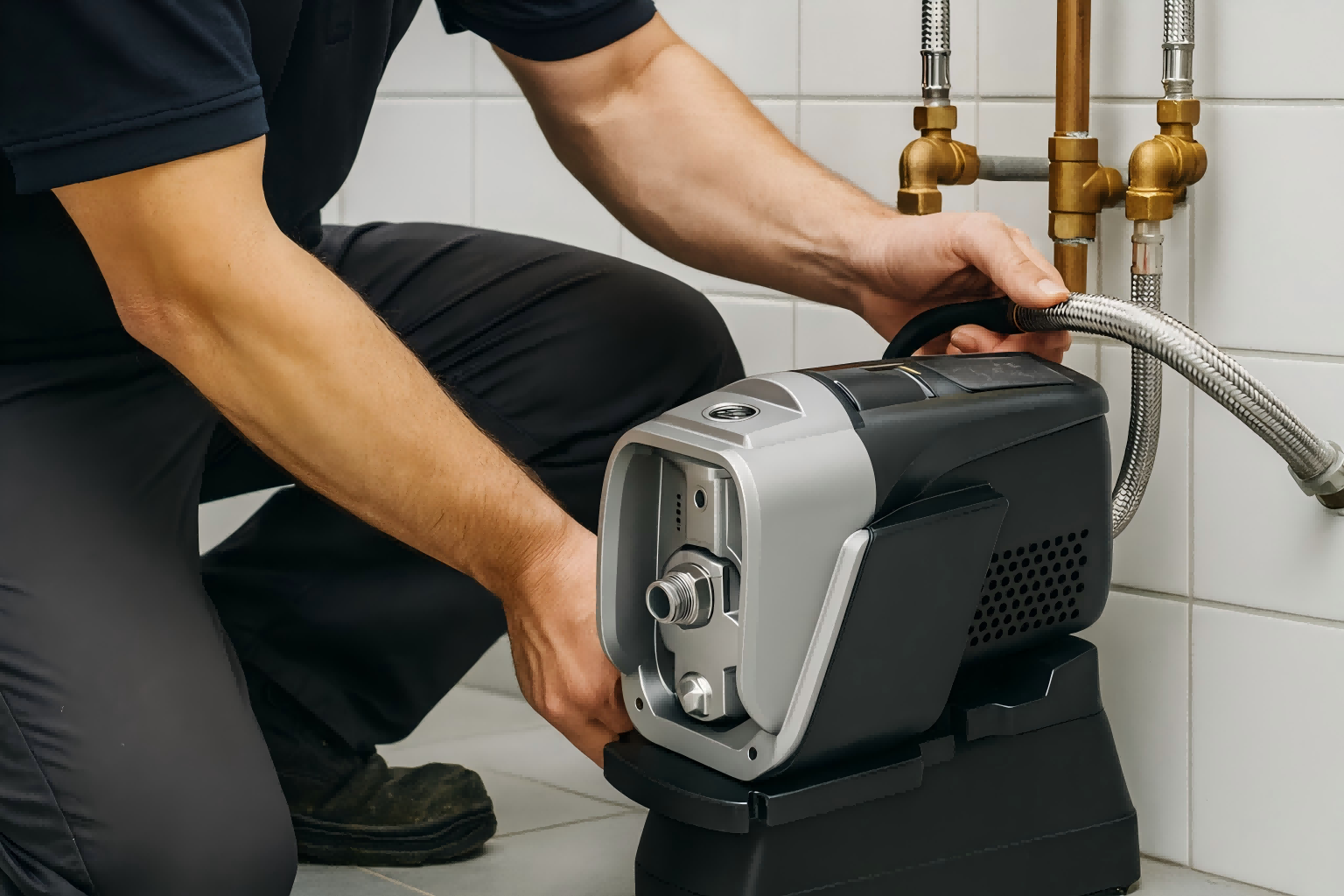
Choosing the right pump might seem complex, but it's a straightforward process when you break it down into logical steps.
By understanding your specific needs, you can confidently select a pump that eliminates low pressure problems for good.
This guide will walk you through every step, from measuring your current pressure to calculating your final requirements, ensuring you make an informed decision and restore comfort to your home.
First, Assess Your Current Water Pressure Issues
Are you tired of showers that trickle instead of spray?
Waiting forever for the bathtub to fill is a common sign of low water pressure.
These issues turn simple daily routines into frustrating chores.
To properly size a new pump, you first need a clear picture of the problem.
This means moving from a guess to a precise measurement.
Knowing your starting pressure is the first step toward finding the perfect solution.
Understanding the Signs of Low Pressure
Low water pressure shows up in many ways.
You might notice that your washing machine takes a very long time to fill.
Your dishwasher may not clean dishes effectively.
Garden sprinklers might not cover their intended area.
If you use multiple taps at once, the flow might reduce to a trickle for everyone.
These are all classic symptoms of an inadequate water supply pressure.
How to Measure Your Water Pressure
You can easily confirm low water pressure with a simple tool.
Use a water pressure gauge, which is inexpensive and available at most hardware stores.
Follow these simple steps:
- Find the Right Spigot: Attach the gauge to an outdoor hose spigot. Choose the one closest to where the main water line enters your house for the most accurate reading [^1].
- Ensure No Water is Running: Make sure all taps, showers, and water-using appliances inside your home are turned off.
- Turn on the Spigot: Turn the spigot on completely.
- Read the Gauge: The gauge will show your home's static water pressure in PSI (pounds per square inch) or Bar.
What is Ideal Home Water Pressure?
Ideal water pressure for most homes is typically between 40 and 60 PSI (2.76 to 4.14 Bar) [^1].
If your reading is below 40 PSI, you will likely benefit from a booster pump.
Even if your pressure is within this range, you might still have issues during peak usage times or in a multi-story home.
This initial measurement is your baseline.
You'll use it later to calculate exactly how much of a pressure boost you need.
Next, Calculate Your Required Water Flow Rate (Q)
Do you often have multiple showers, taps, and appliances running at the same time?
This simultaneous demand can overwhelm a system with low water flow.
Sizing a pump isn't just about pressure; it's also about the volume of water it can move.
The flow rate is a critical measurement that determines if a pump can meet your household's peak water demand.
It ensures that your water pressure remains stable even when the whole family is using water at once.
Getting this calculation right prevents the pump from being undersized and ineffective.
What is Flow Rate?
Flow rate represents the volume of water that a pump can move in a given amount of time.
It is usually measured in Gallons Per Minute (GPM) or Liters Per Minute (LPM) [^2].
Your home's required flow rate is determined by the maximum number of fixtures and appliances you expect to use simultaneously.
A pump with a sufficient flow rate can supply water to a shower, a washing machine, and a kitchen sink all at the same time without a drop in performance.
How to Estimate Your Household's Water Demand
To calculate your required flow rate, you need to list all the water outlets in your home.
Then, find their individual flow rates.
You can often find this information in the appliance's manual or online.
Here is a table with typical flow rates for common household fixtures:
| Fixture / Appliance | Typical Flow Rate (GPM) | Typical Flow Rate (LPM) |
|---|---|---|
| Standard Shower | 2.5 GPM | 9 LPM |
| Kitchen Sink Faucet | 2.2 GPM | 8 LPM |
| Bathroom Sink Faucet | 1.5 GPM | 5 LPM |
| Toilet | 1.6 - 3.5 GPM | 6 - 13 LPM |
| Washing Machine | 4.0 GPM | 15 LPM |
| Dishwasher | 1.5 GPM | 5 LPM |
| Outdoor Spigot | 5.0 GPM | 19 LPM |
Note: These are average values. Water-saving fixtures will have lower flow rates.[^2]
Calculating Your Peak Flow Rate Requirement
Now, think about your family's daily habits.
What is the worst-case scenario for water usage in your home?
Perhaps it's in the morning when one person is showering, another is using a bathroom sink, and the dishwasher is running from the night before.
To calculate your required flow rate, simply add up the flow rates of all fixtures that could realistically be running at the exact same time.
Example Calculation:
Imagine a scenario where two showers and a washing machine might run simultaneously.
- Shower 1: 2.5 GPM (9 LPM)
- Shower 2: 2.5 GPM (9 LPM)
- Washing Machine: 4.0 GPM (15 LPM)
- Total Required Flow Rate: 2.5 + 2.5 + 4.0 = 9.0 GPM (or 9 + 9 + 15 = 33 LPM) [^2]
This total is the minimum flow rate your new booster pump must be able to provide.
Choosing a pump that meets this demand ensures consistent water delivery during peak usage.
Then, Determine the Required Pump Pressure (H)
Is your home multiple stories tall?
Water pressure naturally drops as it travels upwards, fighting against gravity.
Simply buying a pump isn't enough; you need one with the right amount of power to deliver strong pressure to every floor.
Pump pressure, often called "head," is the force the pump uses to push water through your plumbing system.
Calculating the required pressure ensures your top-floor shower feels just as powerful as the kitchen tap.
This calculation accounts for your home's height, pipe friction, and your desired final pressure.
What is Pump Pressure (Head)?
Pump Head (H) is the vertical distance a pump can lift water.
It's a measure of the pump's power to overcome resistance.
It is measured in feet, meters, PSI, or Bar [^3].
A higher pump head means the pump can generate greater pressure.
You need to calculate the total required pressure by considering several factors, not just your target pressure.
Components of the Required Pump Pressure Calculation
The formula for calculating your required pump pressure looks like this:
Required Pump Pressure = Target Pressure + Elevation Loss + Friction Loss - Current Pressure + Safety Margin
Let's break down each part of this equation.
1. Target Pressure at the Highest Fixture
This is the water pressure you want to have at your highest or most demanding water outlet.
A good target for a shower on an upper floor is around 40-50 PSI.
This ensures a comfortable and effective flow.
2. Elevation Loss
Gravity works against your water pressure.
Water loses pressure as it's pumped vertically to higher floors.
You can calculate this loss easily.
For every 10 feet of vertical rise, you lose approximately 4.3 PSI (or 0.3 Bar) of pressure [^3].
Measure the vertical distance from the pump's planned location to the highest fixture (e.g., a third-floor showerhead).
- Example: If your highest shower is 30 feet above the pump, your Elevation Loss is 3 x 4.3 = 12.9 PSI.
3. Friction Loss
As water moves through pipes, it creates friction against the pipe walls, which causes pressure to drop.
This loss depends on several factors:
- Pipe Length: Longer pipes cause more friction loss.
- Pipe Diameter: Narrower pipes cause significantly more friction loss.
- Pipe Material: Rougher materials like old galvanized steel cause more loss than smooth copper or PEX.
- Flow Rate: Higher flow rates increase friction loss.
Calculating friction loss precisely can be complex.
For most residential applications, you can use a conservative estimate of 10-20% of your target pressure, or consult a professional plumber for a more exact figure.
4. Your Current Water Pressure
This is the pressure you measured with your gauge in the first step.
You subtract this from the total because the booster pump only needs to add the difference in pressure.
5. Safety Margin
It's always a good idea to add a small buffer to your calculation.
This accounts for any unforeseen pressure drops or potential future additions to your plumbing system.
A safety margin of 5-10 PSI (0.3-0.7 Bar) is usually sufficient [^3].
Putting It All Together: An Example
Let's calculate the required pump pressure for a three-story house:
- Target Pressure: 45 PSI at the 3rd-floor shower.
- Elevation Loss: Highest shower is 30 feet up (12.9 PSI loss).
- Friction Loss: Let's estimate it at 10 PSI.
- Current Pressure: Your measurement was 25 PSI.
- Safety Margin: Let's add 5 PSI.
Calculation:
Required Pump Boost = (45 + 12.9 + 10) - 25 + 5 = 47.9 PSI
In this scenario, you need a booster pump capable of adding at least 47.9 PSI of pressure.
Key Factors When Selecting Your Pump
You've calculated your required flow rate and pressure.
But two pumps with the same specs can perform very differently.
Factors like energy efficiency, noise, and durability are just as important for long-term satisfaction.
Choosing the right pump involves looking beyond the basic numbers.
Modern pumps come with advanced features that dramatically improve performance, reduce operating costs, and ensure a longer lifespan.
Considering these key factors will help you select a truly superior product.
Energy Efficiency and Constant Pressure
A pump that runs constantly at full power can be a major drain on electricity.
Modern pumps often feature a Variable Speed Drive (VSD) or Variable Frequency Drive (VFD).
This smart technology is a game-changer.
Instead of running at a fixed speed, a VSD pump automatically adjusts its motor speed in real-time based on your water demand.
Benefits of a VSD Pump:
- Constant Pressure: It maintains a perfectly stable water pressure, regardless of how many taps are open. No more fluctuations when a toilet flushes!
- Energy Savings: By running only as fast as needed, these pumps can reduce electricity consumption by up to 50% compared to traditional pumps [^4].
- Reduced Wear: The soft-start and soft-stop functionality reduces mechanical stress, extending the pump's lifespan.
Noise Levels
The location of your pump will greatly influence how much its noise level matters.
If it's installed in a basement or utility closet, a standard pump might be fine.
But if it's near living areas, a noisy pump can be a constant annoyance.
Look for pumps with a specified decibel (dB) rating.
Some high-end models are engineered for ultra-quiet operation, with noise levels under 50 dB.
This is quieter than a library or a soft conversation, making them virtually unnoticeable inside your home.
Durability, Materials, and Protections
A water pump operates in a demanding environment with constant exposure to water and pressure.
The quality of its construction is paramount for a long service life.
Key Construction Features to Look For:
- Impeller Material: The impeller is the rotating part that moves the water. Look for pumps with impellers made from high-grade materials like stainless steel or brass, which resist corrosion and wear far better than plastic.
- Housing: A robust housing made from UV-resistant materials protects the pump from environmental damage if installed outdoors.
- Waterproof Electronics: Water and electronics don't mix. The most reliable pumps have their main circuit boards fully sealed in a waterproof compound. This can prevent over 95% of moisture-related failures and extend the controller's life by years.
Smart Protection Systems
Intelligent pumps come with a suite of built-in safety features that protect both the pump and your home.
Look for a pump with comprehensive protections, such as:
- Dry-Run Protection: Automatically shuts the pump off if it detects a water shortage, preventing the motor from burning out.
- Overheating Protection: Monitors temperature and powers down if the unit gets too hot.
- Voltage Protection: Guards against damage from power surges or drops, which is crucial in areas with unstable grids.
- Leak Detection: Some advanced systems can even detect small leaks in your plumbing and alert you.
Investing in a pump with these features ensures reliability and peace of mind.
Conclusion
Sizing a water booster pump correctly involves calculating both flow rate and pressure needs.
However, choosing the best pump means also considering energy efficiency, noise level, and long-term durability for lasting performance and comfort.
FAQs
How do you calculate booster pump size?
Calculate the peak flow rate (GPM/LPM) by adding up fixtures used simultaneously. Then, determine the required pressure (PSI) based on home height, friction loss, and desired outlet pressure.
What is a good PSI for a house water pump?
A good target pressure at the fixture is 40-60 PSI. The pump itself must be sized to overcome losses and deliver this pressure to the highest point in the home.
How many GPM does a house use?
A typical house may use 6-12 GPM during peak times. The exact amount depends on the number of residents and fixtures being used at the same time.
Is a bigger water booster pump better?
Not necessarily. An oversized pump can be inefficient, cause pressure surges (water hammer), and lead to premature wear. It's crucial to size the pump correctly for your specific needs.
What happens if a booster pump is oversized?
An oversized pump will cycle on and off frequently, increasing energy use and mechanical stress. This can also create excessive pressure, potentially damaging pipes and fixtures.
How much does it cost to install a booster pump?
Professional installation can cost between $200 and $500, depending on the complexity of the job and local labor rates. This does not include the cost of the pump itself.


